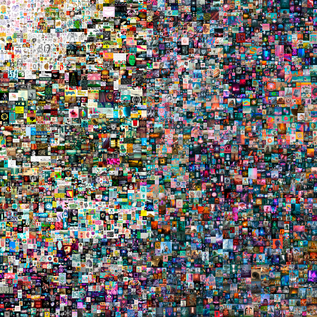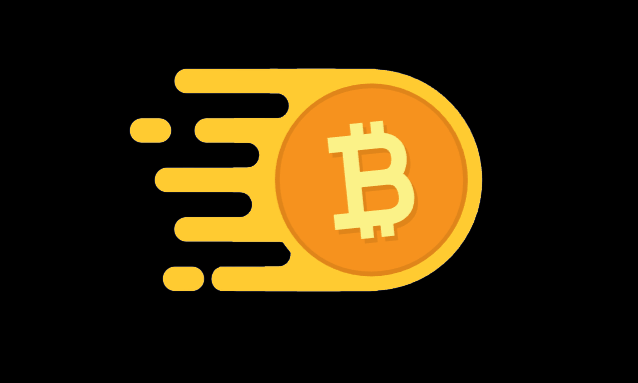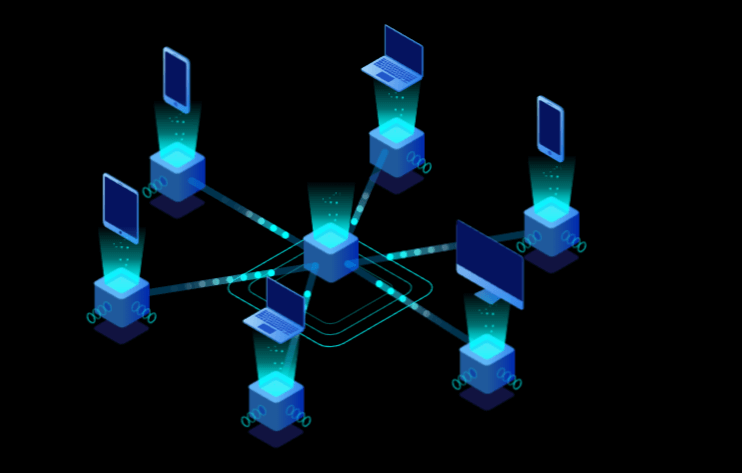NFT for Beginners
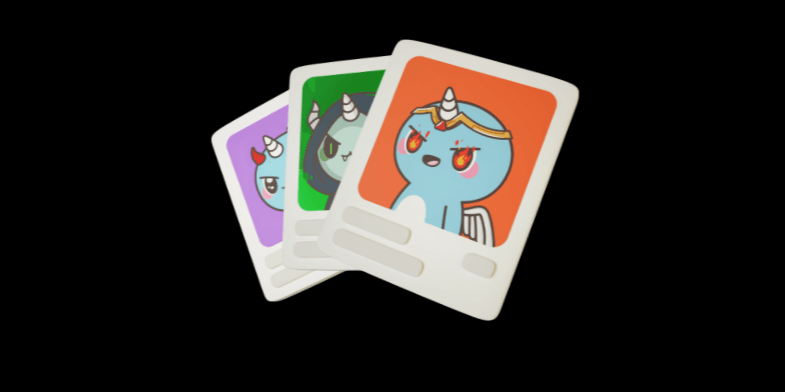
What is NFT
NFT stand for Non-Fungible Token.
What are tokens and what you mean by Tokenization
Tokenization means representing an asset with a digital unit that can be transferred, traded, exchanged and managed. The tokenized asset can be either tangible or intangible. This digital unit created for the purpose of tokenization is termed as a "token" and generally they are recorded on a blockchain network. Examples of assets could be digital photos, digital videos, real estate or any other collectables. These assets can be either physical or virtual.
Fungible vs Non-Fungible
If a good or asset is termed as fungible that means it can be easily replaced or interchanged by a similar good or asset of the same type. Money is one of the most common example of fungibility. eg: a 100 dollar bill can be easily replaced by another 100 dollar bill. They are 2 different bills but when you use them to buy, they have the same value, so it is fungible.
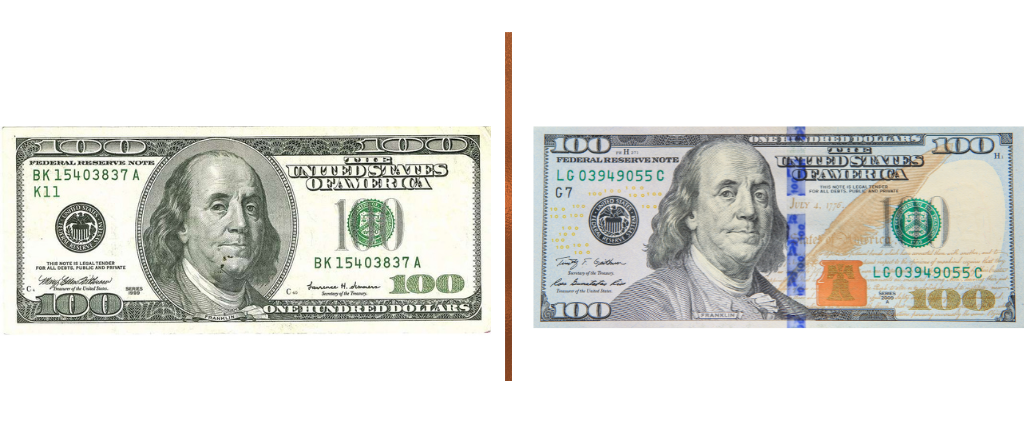
On the other hand if a good or asset is termed as non fungabile it has unique properties due to which it cannot be easily replaced by another good or asset even of the same type. eg: Real Estate and Houses. Each house has unique properties(design, size, location and more).
Two houses on the same street built on the same year will not have the same value due to varying unique aspects like location on the street, maintenance status of the house. They cannot be easily exchanged and hence considered non fungabile. The same holds true for art works too, a copy of the famous Mona Lisa painting doesn't hold same value as the original painting by Leonardo da Vinci i.e its a unique copy that cannot be replaced by another drawing.
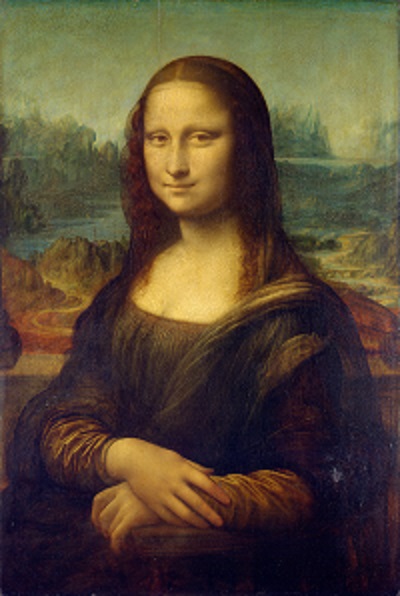
A fungible token (FT) is identical to every other token in value for the same class of tokens. One FT is equally exchangeable with any other within the given class. Bitcoin is an example of a fungible token.
A non-fungible token (NFT) is a unique token within given token class. An NFT is not equal to any other NFT within the given class and thus enables a tool to guarantee ownership and uniqueness of a digital asset
CryptoKitties is an example of the successful NFT project which represents tokenization of a pet family launched on the Ethereum blockchain. You can buy, trade, and breed CryptoKitties as digital pets.
Use Cases for NFT (Non Fungible Tokens)
NFTs are digital assets with a digital signature and one of the most popular use cases that came up in 2021 was for digital artwork.
Verification of artwork in real world was done by verifing the signatures of the artists on the canvas or sculptures. There are experts who help by verifing the authenticity of these signatures. Similarly Digital artists can register their digital assets on a blockchain as NFT's which will record the creation of assets against their digital identify and also record complete chain of ownership.
There has been an increasing trend of artists registering their arts as digital arts as NFTs and selling them.
The above NFT creation by Mike Winkelmann, known as Beeple was sold for more than 69 Million dollars in early March 2021.
Not only independent artists, even Corporate companies like Nike, Gucci, Addidas have started launching their collections as NFTs.
NFT certificates and diplomas: In education, Institutions and schools have started to offer their certifications and diplomas as NFT's as a way to prevent against certification fraud. Authencity of a digital certitifcate can be verified once is published as NFT on the blockchain.
NFT's in supply chain is another use case that is gaining traction. Once a physical asset is represented as an NFT, it will enable the supply chain participants to trace the physical product origin, path, authencity of the asset by verifying these details on the blockchain.
